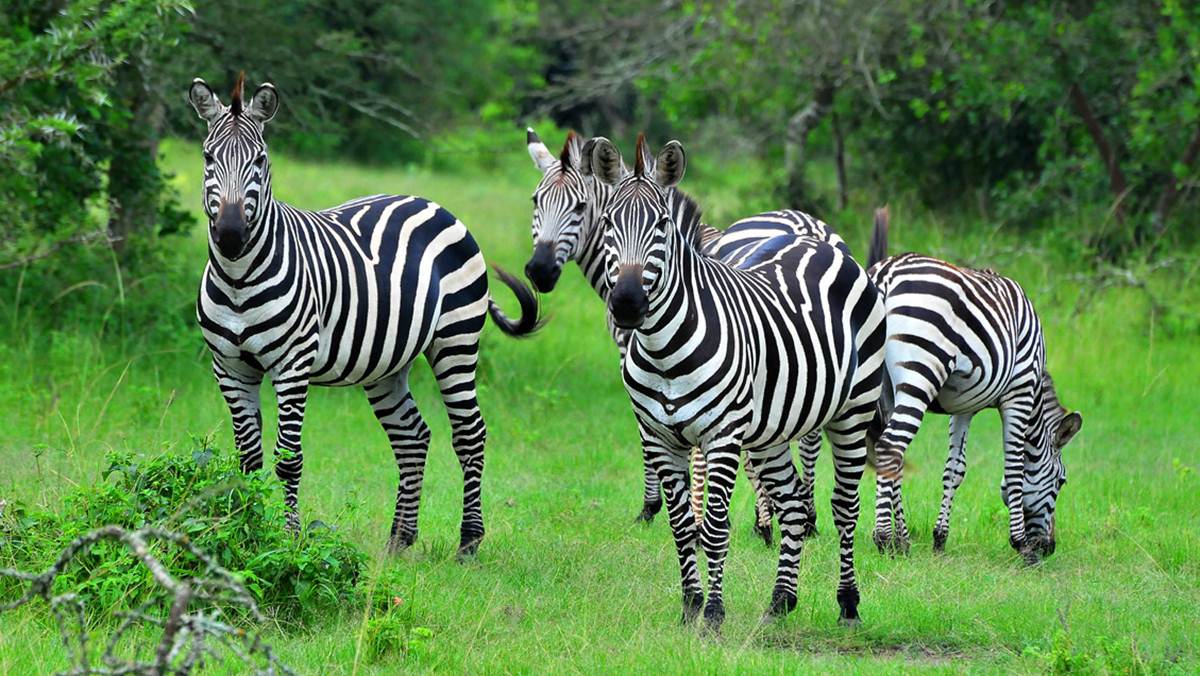Welcome to Lake Mburo National Park
Lake Mburo National park is amazingly the closest national park to Kampala, it also doubles as the smallest national park.
History of Lake Mburo National Park
The origin of this park started with a story of two brothers one known as mburo and the other as kigarama who lived in the low-lying Savannah plains hence making the area traditionally known as Kaaro karungi.
One night kigarama dreamt that they were to receive substantial amount of rain which would cause flooding and there property destroyed. Kigarama told the dream to his brother but mburo took it for granted.
Because in the African society dreams were respected kigarama decided to leave the area and went in the over looking hills leaving his brother behind.
Finally the dream came true and the area was attacked by the rain and it caused flooding and the drowning of mburo with his property and thus the name mburo and the hills were named after his brother.
This entire story can be narrated to you during the Lake Mburo safaris/ visit to lake mburo national park or Uganda safaris to Lake mburo park.
Ecosystem in Lake Mburo National Park
Lake Mburo national park as a special place has got a vast ecosytem and nature prevails, in its western region. There are Rocky Ridges and forested gorges, Narrow bands of lush, riparian woodland and much more.
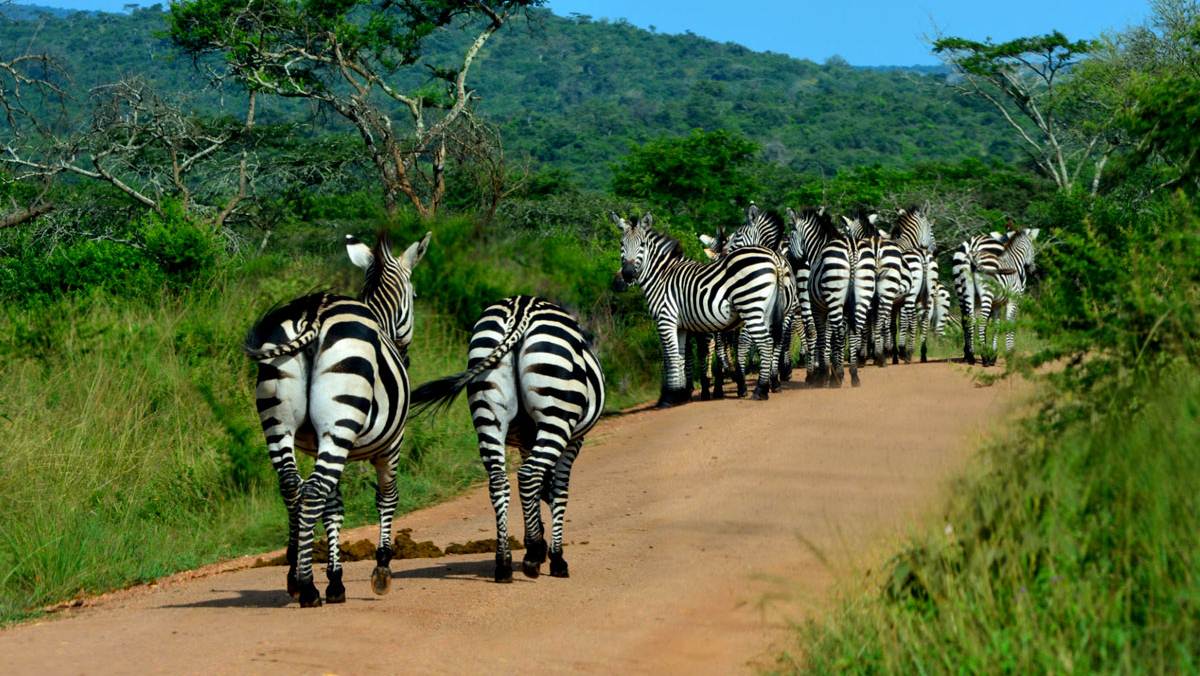
Like many lakes this as been an addition to the formation of beautiful sceneries hence attracting many tourists to come and see the hidden treasures of the park. Since lake mburo national park is a special place, it habours 68 mammal species though it does not have elephants and lions.
The fact that there are no lions; it gives a chance to the tourist to freely move close to the animals and have a close impact with them.
The park has got a wide range of birds flopping in the sky and is so being visible to visitors. Some of the birds that are seen in this park include rare rare shoebill, stork, African fin foot, pelican, heron among others.
Lake Mburo national park is blessed with forests which act as a habitant to animals in the park but also help in the influence and formation of rainfall that provides water.
This helps to complete tasks that need water at the park like, it acts as drinking water for the animals hence improving their well being and out look.
The park is rich with acacia trees, valleys, grass lands with different types of grass that fed on by the wild animals. It also has both seasonal and permanent swamps where papyrus grows which is used to make a variety of things that can be sold and improve on the government’s economy.
Where is Lake Mburo National Park
Lake Mburo National Park is situated between Masaka and Mbarara district taking approximately 4 hours’ drive time to arrive.
The coordinates are: 00 36S, 30 57E (Latitude: 0.6000; Longitude: 30.9500).It covers an area of 260 square kilometres but still the smallest of Uganda‘s Savannah national parks and underlined by ancient which date back to precambrian metamorphic rocks.
Getting to Lake Mburo National Park
Getting to Lake Mburo National Park is very easy since its one of the nearest national parks to the Capital city Kampala. The most common way of accessing the park is by use of road transport.
One can drive from Entebbe to Lake Mburo in a period of about 4hours and 20minutes a distance of 290km. Another can drive from Kampala to Lake Mburo in about 4hours a distance of 245km.
One can opt to fly from Entebbe – Kajjansi to Mbarara airstrip which will take you less than an hour. This is the easiest means of transport and the quickest.
The park covers an area of 370km² including the 5 lakes). Lake Mburo is endowed with several wildlife species to mention recently translocated giraffes, buffaloes, elands, waters bucks, antelopes, zebras, oribis, topis and warthogs.
As you take a boat cruise on lake Mburo you will be in position to observe , hippos and crocodiles. In addition, the park also is home a wide a ray of birds amounting to 350 species some which include water birds, forest and savanna birds.
Activities in Lake Mburo National Park
Lake Mburo national park has got thrilling activities that keep its visitors on the select African safaris in Uganda always on the desire for more.
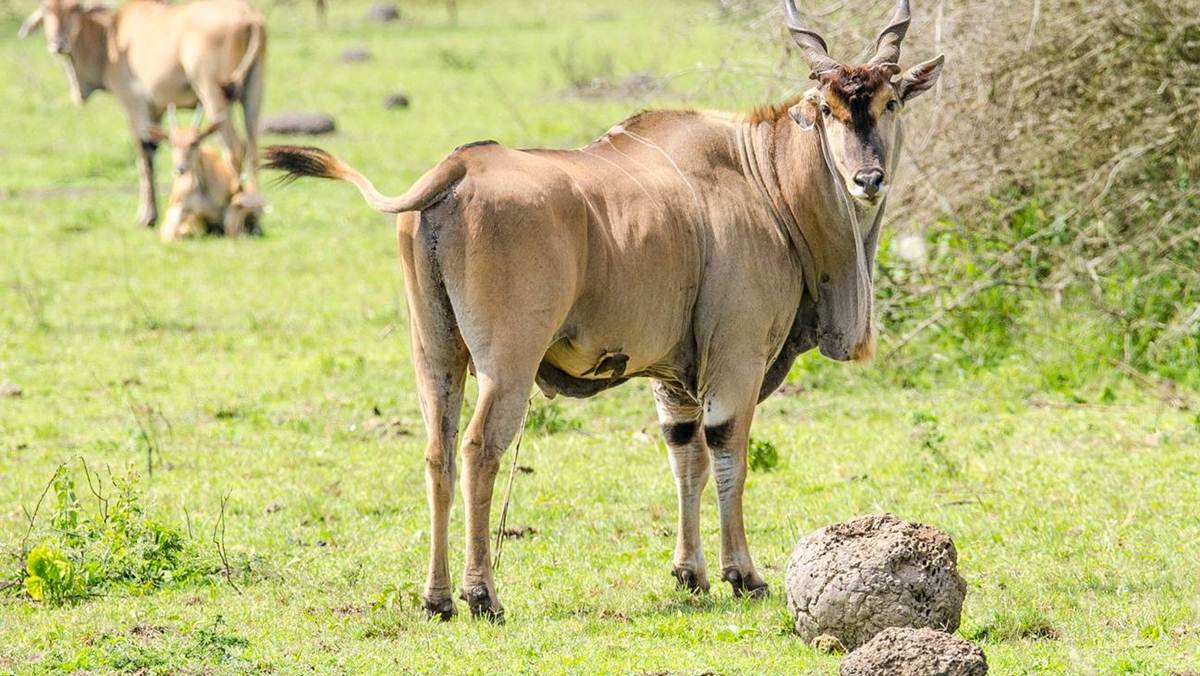
Some of the most common tourism activities at Lake Mburo include; Game drive in the park, boat cruise on Lake Mburo, birding/ bird watching, Nature walks, the unique horse riding to view wildlife, fishing , cultural tours and cycling among others.
LakeMburo National Park can be accessed in two gates, namely Sanga gate accessible when one is driving from Kampala side and Nshara gate accessible when one is coming from Mbarara side.
Despite the small size of Lake Mburo national park, it never ceases to amaze its visitors on safari because of the so many activities that can take part in.
The boat cruise
This gives the travellers a chance to spot different bird species and wildlife like crocodiles, hippos among others.
Game Drives
Game viewing is another important activity that you will not miss on your trip. These game drives are categorized into day and night game drives.
Night game drives
These are conducted for those that might have missed out on the day drives.
Fishing
Another activity that might interest you is the Sport Fishing and Fishing. Travelers who are fishers enjoy this activity and also they are joined by the locals to see how they do it locally.
Wildlife
Lake Mburo National Park is well know for the impala though it has a vast population of wildlife ranging from zebra, eland, buffalo, oribi,deffasa water back, leopard ,hyena, hippo, reed back.
The park offers alot of animals for the traveler to enjoy his/her safari in Uganda. The park also has different bird species including the famous shoebill, stork, African fin foot, pelican, heron, Crested Crane among others.
A traveler can not miss seeing any of these bird species and animals because the park is suitable located and well angulated.
Cultural Tours/ Safaris
Aside with the wildlife and the key attractions of Lake Mburo national park, the region in which the national park is located has alot to offer in terms of cultural tours.
Lake Mburo national park is located in the Ankole Sub region which is known to be for the cattle keepers and cultivators. Travelers who need to learn about the culture will be introduces to Igongo cultural centre.
Igongo Cultural Centre
The famous igongo cultural center is located 4 km away from the Sanga Gates of Lake Mburo National Park. The centre is a historical site that is inhabited by the Banyakitara who include the bakiga, banyankole, batooro and the banyoro.
The Centre is a cultural museum that is locally known as Erijukiro. At ingongo cultural center you will learn alot about the Ankole Culture, dressing, food, ankole cows and much more. Travelers on Uganda safari to Lake Mburo can not miss this cultural tour.
Accommodation Facilities in Lake Mburo National Park
Lake mburo has got one of the best and affordable accommodations among all national parks in Uganda. The lodges like any other are categorised in form of Luxury, Mid-Range and Budget lodges.
Among the budget lodges in Lake Mburo is Rwonyo Rest Camp and Eagles Nest Lodge. The mid-range lodges include Rwakobo Rock Lodge, Mantana Tented Camp and Arcadia Cottages.
For those who would love to be unique, Lake Mburo national park offers luxury lodges which include Mihingo Lodge and Lake Mburo Safari Lodge.
All the lodges offer the best services one can offer and visiting Lake Mburo National park will not be a problem as all these lodges are close to the park.
Rwakobo Rock
Rwakobo Rock occupies a rocky outcrop on the border of the park, 1km from the Nshara Gate, with beautiful views into Mburo. There are eight homely and spacious cottages built from local materials. The swimming pool has spectacular views, shared by the large dining room and bar. In addition to the normal Mburo activities, Rwakobo also organises mountain bike tours of the savanna outside the park border, which is a great way to stretch your legs after a drive whilst also seeing some of the local wildlife.Lake Mburo Camp
Lake Mburo Camp is a traditional, tented, bush camp located in the centre of the Park. The tents are elevated on wooden platforms, from which you can watch the life unfolding in the savanna. A homely dining room and bar provides the perfect place to unwind after the day. Lake Mburo Camp is a sister property of the ever-popular Engagi Lodge in Buhoma.Mihingo Lodge
Mihingo Lodge is a beautiful luxury lodge set in a private 97ha reserve bordering the park. Like Rwakobo, it has been built sympathetically into an extensive rocky outcrop – home to leopards as well as visitors. The 12 tented rooms have been designed and built with great attention to detail, making sure they complement the local environment. An hour or two in the infinity pool is one of the most relaxing experiences in Uganda. Mihingo also operate the high quality horse safaris available in the Park.
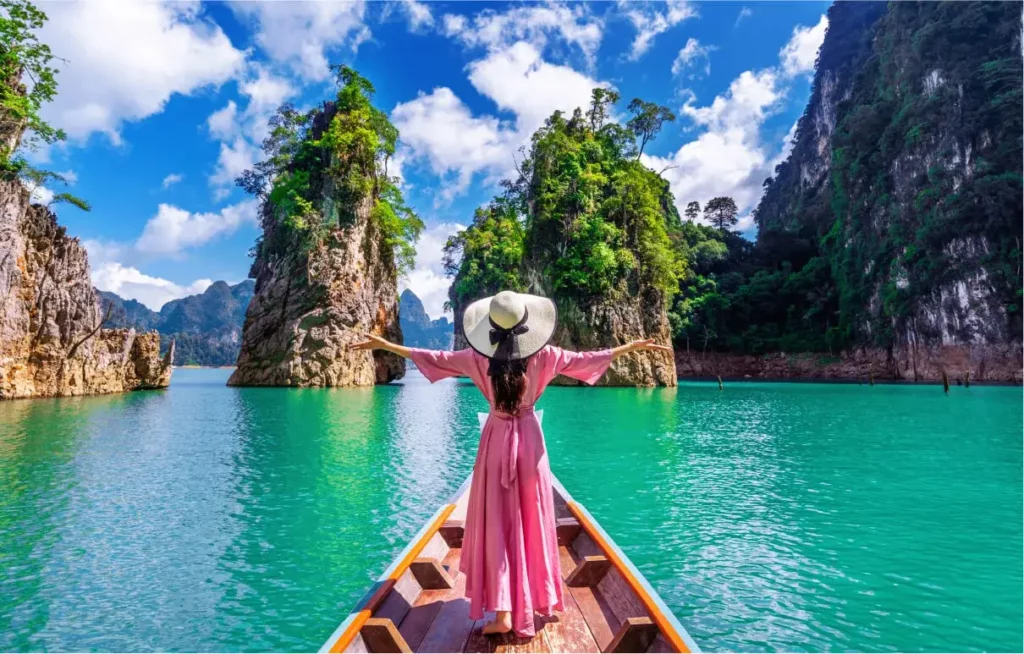



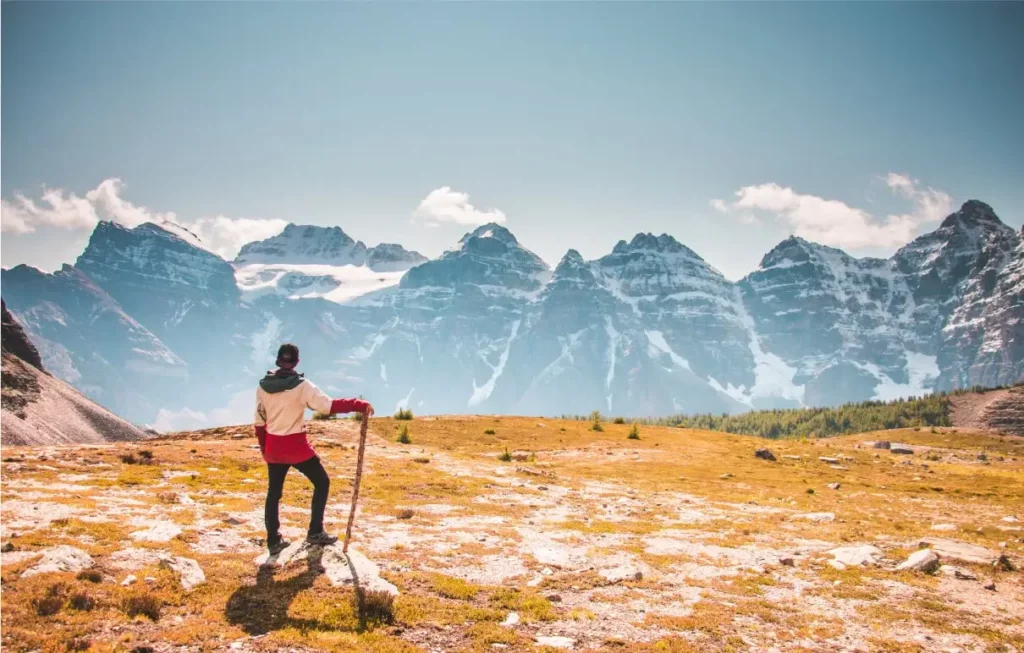
Land of the Tswana
There are so many places that you can visit in Botswana but there are some other attractions that stand out more than others and are worth visiting during Botswana Safari. These make the list of the top Tourist Attractions In Botswana.
There are many tours that you can do in Botswana and the most common is the overland tour, where you can drive around to most parts of the country in an overland truck. Most common tours include a Botswana Wildlife Safari, Victoria Falls and Chobe National Park package, Desert tracking, Premium safaris and 5 to 10 day safaris.
-
- Exploring ancient ruins, historical landmar.
-
- Immersive cultural experiences, local.
-
- Hiking, trekking, extreme sports, and out.
-
- A romantic destination like Paris, Venice.
-
- Kid-friendly activities, theme parks family.
-
- Premium accommodations, gourmet.



